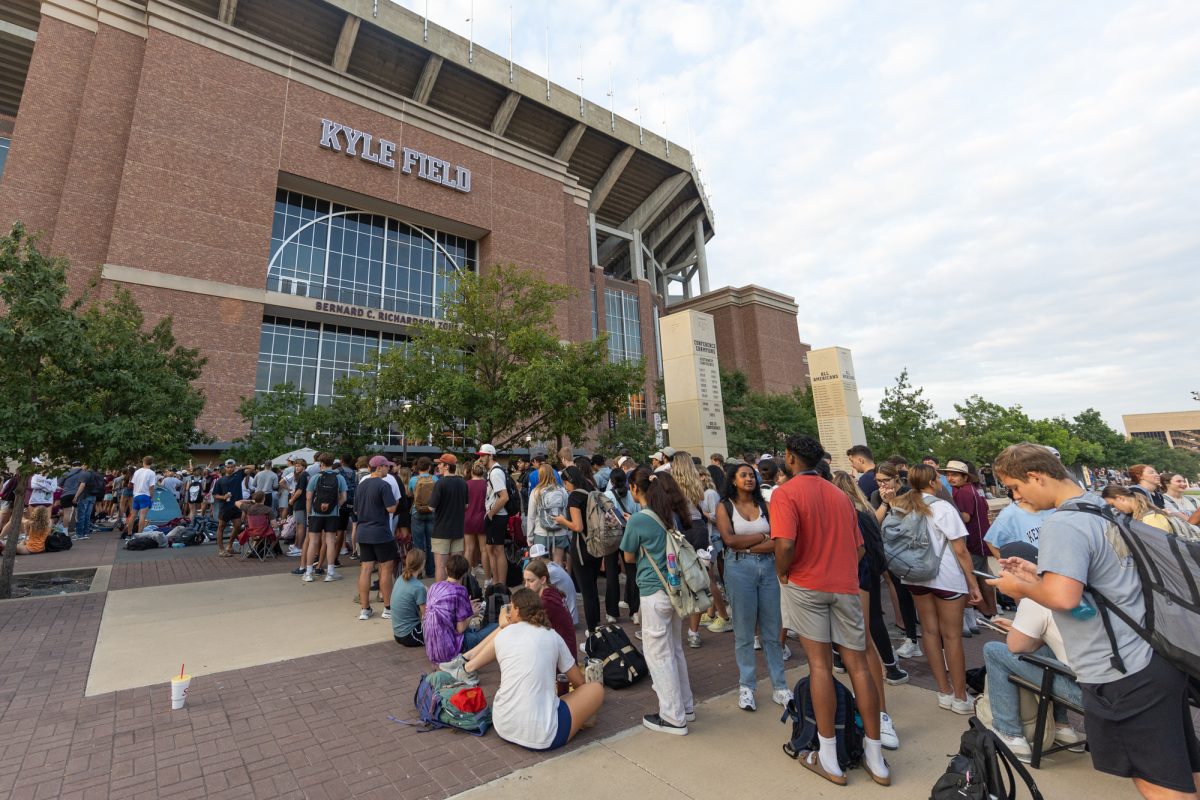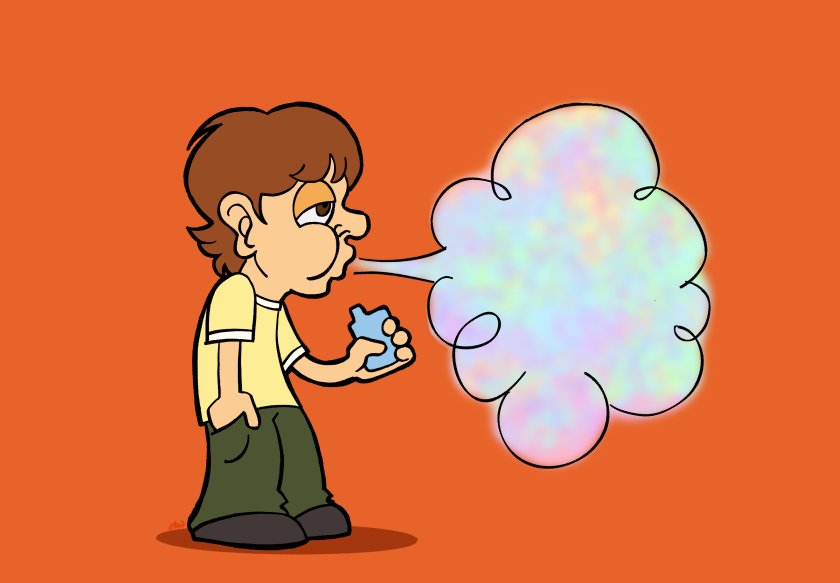The tension in the room is thick. Quick thinking attempts to push away the stress and panic as long as possible. Adrenaline and automatic response take over as patient after patient is treated. The after effects of the disaster are apparent, and this is just a training scenario.
Disasters occur every day throughout the world. Whether it is a wildfire-turned-fuel-tank explosion — as was Thursday’s Disaster Day scenario — or a hurricane that leads to structural collapse, incidents will occur, and first responders need to be prepared.
At Texas A&M, the amount of disaster preparedness training facilities is, in a word, impressive. From Disaster Day to the Fire School and Disaster City, A&M has created and maintained programs to prepare for disasters and the variables that make each catastrophe unique.
While every disaster or emergency is unique, the first steps in responding are likely to be the same. Each role is going to have a protocol that it must follow, no matter the scenario. If responders go untrained and disaster strikes, a sense of panic may take over in the adrenaline rush as they struggle to get through the preliminary required tasks.
With training, however, comes “rote memory” — the process of learning or committing something to memory through mechanical repetition. Proactive training simulations create this memory, so when faced with a real-time disaster, stress can be reduced.
Disaster preparedness is extremely hands-on. Reading about how to triage caregivers in a temporary emergency room set up in a church is very different than actually working in the triage process. The page just has words — the real world has emotion, stress, sounds that can all overwhelm someone in a matter of minutes. Students put through training scenarios are going to be more aware of how they react in a stressful situation, and learn how to carry on with their job in the midst of chaos. Interacting with real people, both victims and other responders, also promotes a certain focus on the person.
Training also promotes a culture of safety. Many mistakes in industrial accidents can be attributed to a lack of safety precautions or concern for safety. If regard for workers is placed low on the priority list and a disaster does strike, human life is not as protected as it could be. To address this, training facilitators insist that responders think of safety first, so much so that at some point it becomes secondhand nature.
One example that stands out is training at Disaster City. Responders to a disaster are trained that as they approach a disaster zone, safety has to be considered. First, is the safety of the responders themselves. While that may seem selfish, if the responder is not safe they cannot respond effectively and may create a new incident. Next is the safety of any victims and then last, the safety of the material items. Human life is of top priority.
One of the Aggie core values is of leadership, and disaster preparedness continues to create leaders ready to face the challenges that come with catastrophes, one simulation at a time.
Jennifer Reiley is a telecommunication senior and assistant managing editor for The Battalion.








